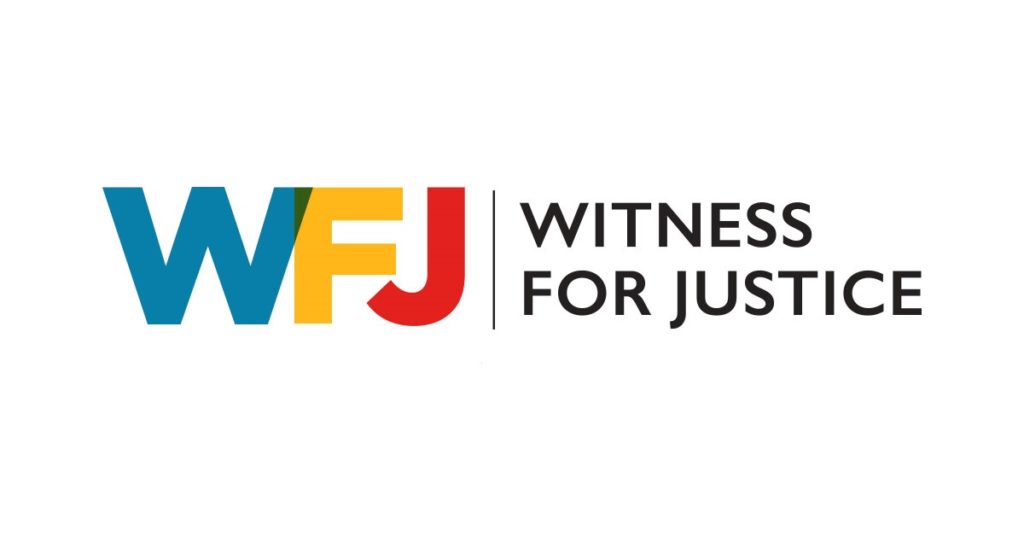Commentary: The HIV Epidemic Isn’t Over, But It Could Be
 What happens in 2016 will make a significant difference in the struggle to end HIV as a public health threat. Scientific models projecting the course of the epidemic indicate that we are in a five-year window for aggressively addressing HIV. These models show that failure to reach the targets identified by experts in this time period will lead to a significant and devastating reversal of progress against the epidemic.
What happens in 2016 will make a significant difference in the struggle to end HIV as a public health threat. Scientific models projecting the course of the epidemic indicate that we are in a five-year window for aggressively addressing HIV. These models show that failure to reach the targets identified by experts in this time period will lead to a significant and devastating reversal of progress against the epidemic.
There has been significant advancement in responding to HIV, particularly in terms of treatment. Through treatment, HIV can be suppressed and prevented from attacking the immune system. This is why everyone must know whether they are HIV positive or negative, and those who need it must not only have access to treatment, but also HIV positive persons must have access to testing that monitors their viral load (the amount of HIV in their bodies).
This year governments will gather at the United Nations for a high level meeting on HIV to make their commitments to targets for 2020. Our goal is that:
- 90 percent of the people living with HIV will know their status;
- 90 percent of the people who know they are HIV positive will be on anti-retroviral treatment (ARV); and
- 90 percent of the people who are on treatment have viral suppression.
Other significant events will also take place, including AIDS 2016, the International AIDS Conference. But equally important are meetings in local communities where people can receive information, get tested, learn how they can get involved in the HIV response, and work to overcome the barriers to ending the epidemic.
There is also a persistent and pervasive barrier that has plagued efforts to effectively address HIV since the epidemic began. That barrier is stigma.
Stigma sets people apart; it engenders fear and inflicts shame and disgrace. It isolates people, stifles effective communication and, in addition to driving risky behaviors underground, it paralyzes people, preventing them from getting the information, testing and treatment they need to prevent the spread of HIV and accessing life-saving treatment, care and support.
In 2008, a research tool called the Stigma Index was created to gather information on the experiences of people living with HIV. The tool is designed to increase awareness of HIV related stigma and engage leadership with those affected to eliminate it. It has been implemented in more than 50 countries and is currently being implemented in the United States. Religious leaders are also engaging in a dialogue about what the Stigma Index reveals and are committing to joint actions with persons living with HIV to eliminate stigma.
In order to position ourselves, and the world, to end the HIV epidemic, we must front load our responses now. Governments must commit the resources needed to scale-up testing and treatment. All of us must do our part to know HIV –– know it in our community, know our own HIV status, and take every measure to prevent its spread. Through it all, we simply must recognize the inherent dignity and worth of every person, and eliminate the stigma and discrimination that continues to drive this epidemic. We have five years and much to do. Let’s get to work.
Michael Schuenemeyer is Executive for Health and Wholeness Advocacy.
View this and other columns on the UCC’s Witness for Justice page.
Donate to support Witness for Justice through the Neighbors in Need offering.
Click here to download the bulletin insert.
Related News
Land, Artifacts, and Ancestors Back
Imagine one of your great grandparents toiled over a hand-written, illustrated copy of the...
Read MoreCourage Is Contagious
“But if anyone strikes you on the right cheek, turn the other also…” (Matthew...
Read MoreImmigration Agents Are Terrorizing Our Cities—Faith Communities Are Pushing Back
As I gathered with faith leaders alongside Clergy Laity United for Economic Justice at a rally...
Read More
